“What’ll be?” asks the bartender. The engineer rambles off a complicated cocktail recipe that the bartender can’t follow. The business manager offers to pay, but without any of the alcohol to make it cheaper. And the designer doesn’t care what it tastes like as long as it comes with a tiny umbrella.
When it comes to running a business, whether that’s a CUSO, a credit union, or almost anything else, none is immune from the battle between engineers, designers, and business managers. Or in other words, between the people who make things work, the people who make things look good, and the people who make business decisions.
Each part of this triumvirate sees their perspective as the most important and least understood. “That’s not how it works,” says the engineer. “We can’t send the product out looking like that,” says the designer. “We’re not just going to develop that because it’s ‘cool’; it needs to be a worthwhile investment,” says the business manager.
Who is right though? The reality is that all are right, but the best businesses are those that find ways to balance the three perspectives into an effective product offering.
The Engineer—“Buildin’ a sentry”
In the popular web short “The Expert,” a developer/engineer, deemed an expert, sits at a table with project managers, business leaders, and a design specialist. His task as assigned by the rest: to draw seven red lines, all of them strictly perpendicular, some with green ink, and some with transparent ink.
The engineer slowly attempts to explain how this task is impossible, but to his chagrin, his coworkers and the prospective clients cannot follow his logic. To the rest, the task is simple, but to the engineer, what they are asking for simply cannot be done. The design specialist wants one line in the shape of a cat because market research shows customers like cute animals. As the list of absurd requests mounts, the expert sits stunned and the meeting is adjourned, but not without one last request:
Design specialist: Can I ask you one more question, please? When you inflate the balloon, can you do it in the form of a kitten?
The expert: Of course I can. I can do anything. I can do absolutely anything. I’m an expert.
As one viewer comments, “You know you’re an engineer when this doesn’t feel like a joke anymore.” This often feels like the reality to engineers. Given tasks for the purposes of making a sale that at best demonstrate a complete lack of understanding of the underlying programming, and at worst are flat-out impossible. And then saddled with design specialists’ requests to make things look a certain way without knowing whether the software can accommodate it.
But engineers often see themselves as the reason things get done and the reason businesses succeed.
In his CUSO Magazine article on prototyping, software engineer Vincent Mysliwiec compares the car building process to software engineering. Designers and artists are involved, but it comes down to the actual engineers to making something tangible, and it’s them “that should be credited with making your car…not the salesperson that sold it, the marketing team that hyped it, or the executives that took credit for it.”
Mysliwiec is not necessarily wrong either. Without the hard work of the engineers turning concepts into products, there would be nothing to sell or hype. But would he have had anything to program without creative minds and business people furnishing the concepts?
The Designer—“Kittens sell”
Engineers are indispensable—no engineers, no products. Designers though can sometimes be seen as a sideshow to the development life cycle. A nice asset to have at the end to make things look good.
But designers see themselves as often having been brought in too late, and not having been given an opportunity to help the development of new products from the onset.
Designer Travis Root writes in a CUSO Mag article, “Most organizations—credit unions and CUSOs included—will hire a graphic designer and then sprinkle their talents over existing work like table salt, while leaders leave the “creativity” to others. ‘Here’s the new product,’ they’ll say. ‘Go ahead and make it look pretty!’ And their designer will catch up on the email thread, furrow their brow, and open Adobe Illustrator.”
“The new product in question already has a name, price point, official description, and defined relationship to all the other products the company offers,” Root adds. “These might be excellent or they might be horrible, but either way, they’re largely set in stone before anyone with design experience or a UX background ever lays eyes on them. If there are structural design problems (such as confusing naming schemes, an inaccessible interactive flow, cannibalization of existing products, imprecise copywriting, etc.) they’re baked in, regardless of how talented your graphic designer is. At that point, they can either stick their neck out and call for changes or stay in line and slap a coat of paint over the flaws. Even the shiniest polish can’t cover structural cracks for long.”
Instead, Root and others like design strategist Thomas Osume advocate for designers to have a key role early and often in product development.
“Businesses who give design a seat at the table are always going to see results,” says Osume in an interview with Design Strategy. “Building a design team helps you understand the customers who you are building for, but it doesn’t stop there; it also helps you develop the solution in a way that satisfies the goals of stakeholders.”
On the other hand, those designers sometimes look right past logistical barriers, seeing them as an inconvenience instead of a necessary constraint. What they see as an eyesore might just be a necessity to make things work. Why did the engineer have to go and put that exhaust port there? It’s an eyesore.
Or maybe it was just unavoidable.
The Business Manager—“The task has been set, the task is plain and clear”
We arrive at the dreaded business manager. The suit that does not understand design and does not understand the engineering behind the product. Or at least that is how they are commonly perceived, and not always without merit.
There is a long list of businesses that fell apart after being acquired by a company that did not understand the business or how the sausage was made, pushing changes through that drove customers away.
Behind every good business is a business leader who understands the whole picture, and that creating new products, no matter how powerful or pretty, will not create profit if it does not fit the business itself, while also relying on the subject matter experts and their knowledge before forcing change.
In his article “Beware of Ideas That Are Not Your Business,” John Beauchamp explains how he had risen the ranks to one of decision maker. That role came with the responsibility of differentiating between ideas that would be good for the business, and those that might end up dragging them sideways.
“You need to make sure what you’re looking at is more than just a neat idea and is truly a good business idea that should go to the next level,” he argues. “The first thing I always ask is, ‘What is the need or problem this idea solves?’ If there is no need or problem, what purpose does the idea serve? In other words, just because you can doesn’t mean you should.”
It is these big-picture perspectives that ensure a business will not only acquire new customers but that it won’t go bankrupt in the process. Engineers and designers may have great ideas working in tandem, but it might not fit with the overall business strategy or budget.
This is even harder when the project has already started and the business manager has to make the call to cut losses and pivot. As Beauchamp recalled, one CEO had to end a project not because he wanted to, but because it was the right business decision—unfortunately, these are the kinds of decisions that can feel very personal to the designers and developers involved.
A balanced approach is the best way forward
“Which is more holy? The engineer? The designer? The business manager? Who has claim? No one has claim. All have claim!” – Balian of Ibelin, probably
We have seen the perspectives of all three parties. Each has ground to stand on for why their perspective matters most.
The act of creation is a deeply personal experience. No artist would appreciate someone else interrupting them mid-painting, throwing out the art in progress, and directing them to start on something new. Nor would they appreciate another individual telling them how they should be painting to maximize viewership. Engineers can form similar attachments to their work. And while passion is great for design, it can leave the engineer unwilling to accept input or annoyed when changes are issued from on high.
Designers on the other hand must learn not to see design constraints as adversarial, but as a reality that can be molded around. As famed designer Charles Eames said, “Design depends largely on constraints. … Here is one of the few effective keys to the design problem—the ability of the designer to recognize as many of the constraints as possible—his willingness and enthusiasm for working within these constraints…”
Business managers will have the final say in most cases—that is their role. To understand the bigger picture and to work with teams to plan for future products and development. They cannot let that power lead to a tunnel vision approach though. Rather they must earnestly seek out the input and opinions of engineers and designers who have a stronger understanding of the products and the end users. In so doing, they can make a more informed decision on whether to move forward.
What it ultimately boils down to is: are the three sides willing to listen to the others? Mutual understanding is the key to bringing those invested toward a beneficial outcome. Rather than seeing each other as obstacles to their own individual goals, the organization that sees all parts of the product development process as assets with unique skill sets will fare best.
By working together instead of pulling against each other, they may just end up with a better-tasting drink the next time they step into that bar.















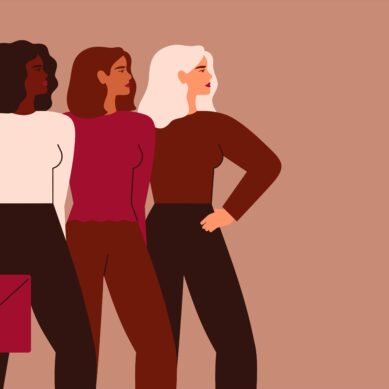

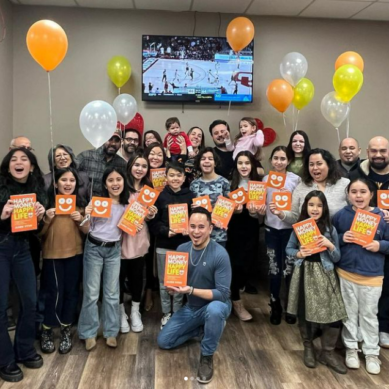

























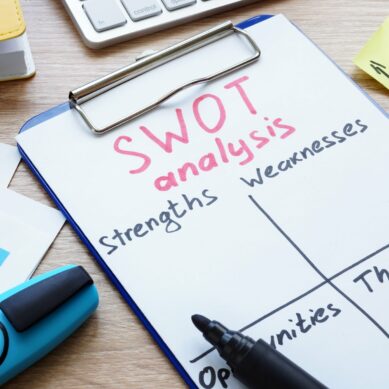
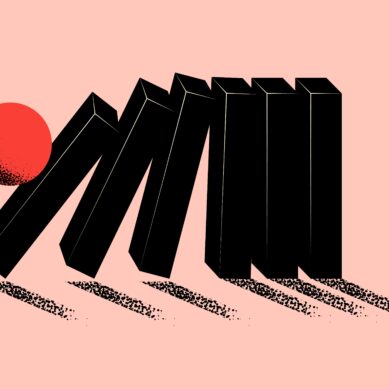
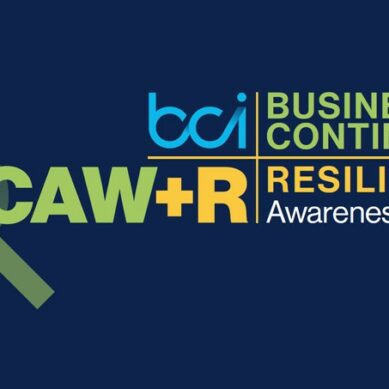









Joseph Lao#1
Excellent article, thank you. This is the proverbial “3-legged stool.” Balance is key.